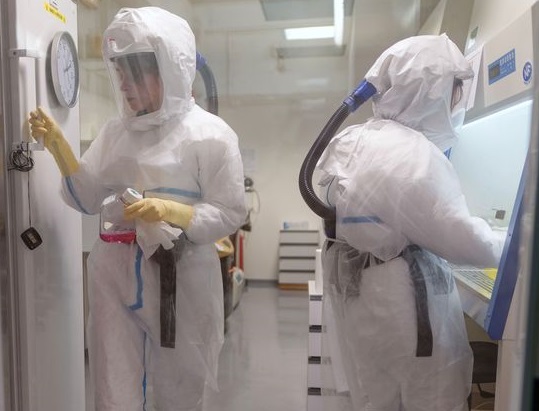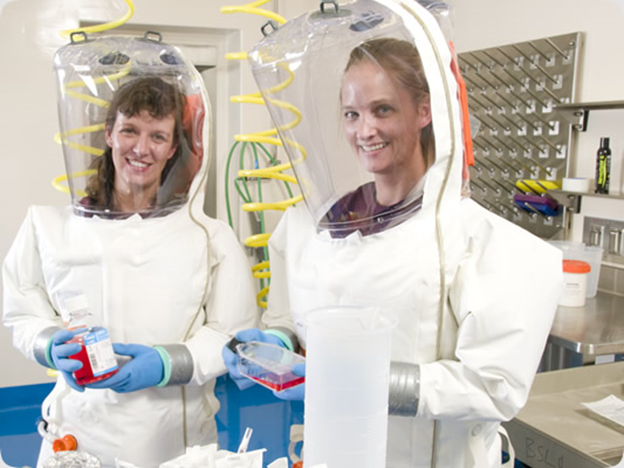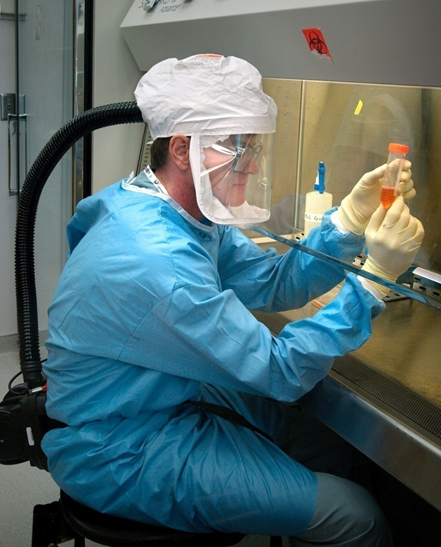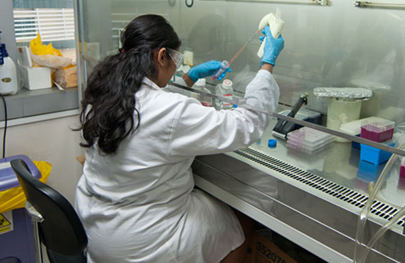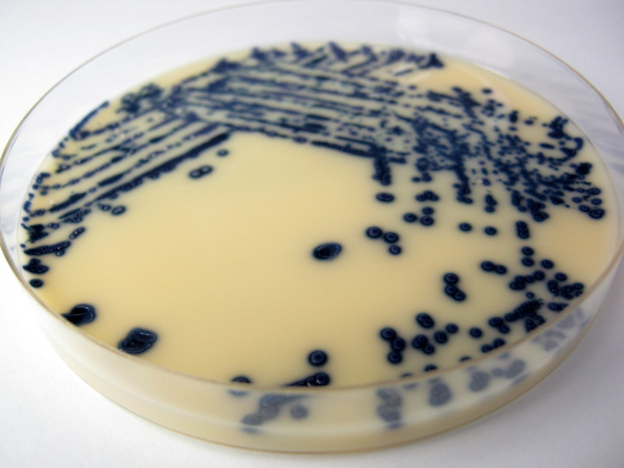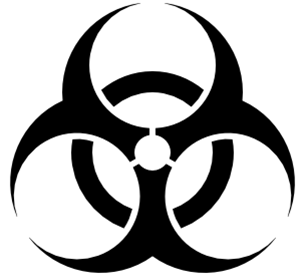Epidemiology, control, prevention, and public health concern of biowarfare
Chemical agents and biological agents are very exceptional from other conventional warfare tools including nuclear/atomic weapons in that they are usually invisible and they produce delayed effects in victims of biologic and chemical attack. The usage of these weapons of mass destruction in formal warfare is unlikely especially now that the world is seriously yearning […]
Epidemiology, control, prevention, and public health concern of biowarfare Read More »
Bioterrorism

